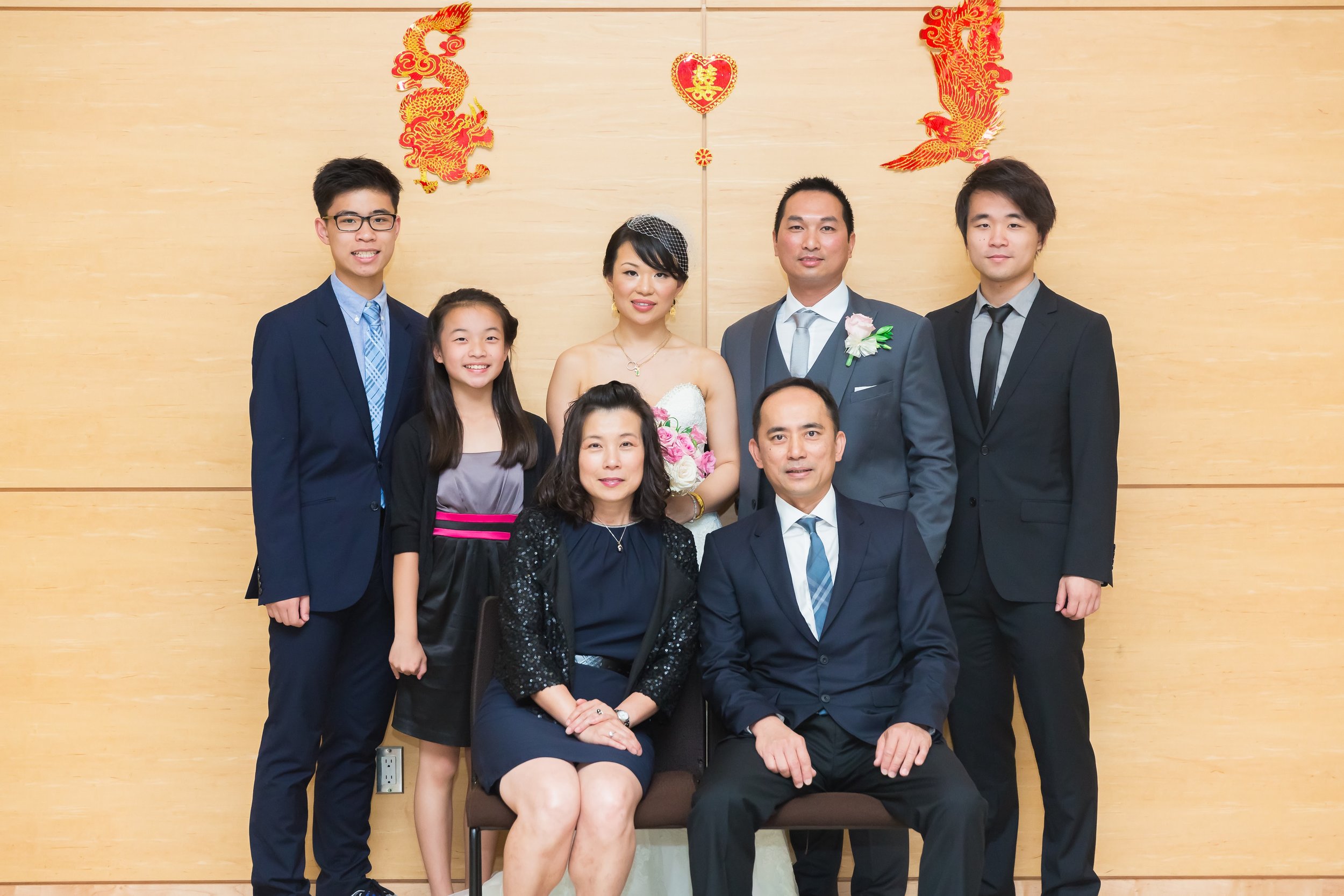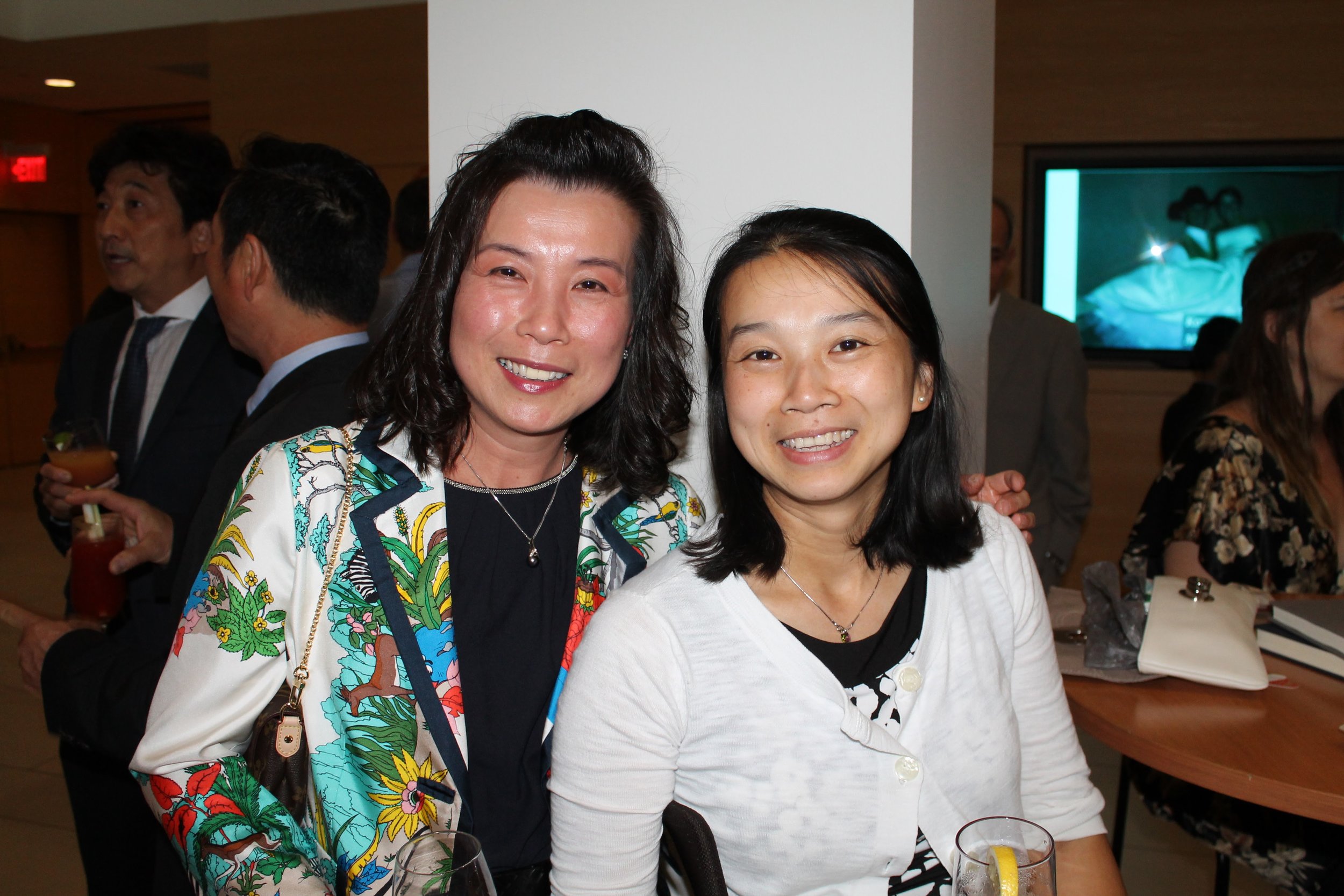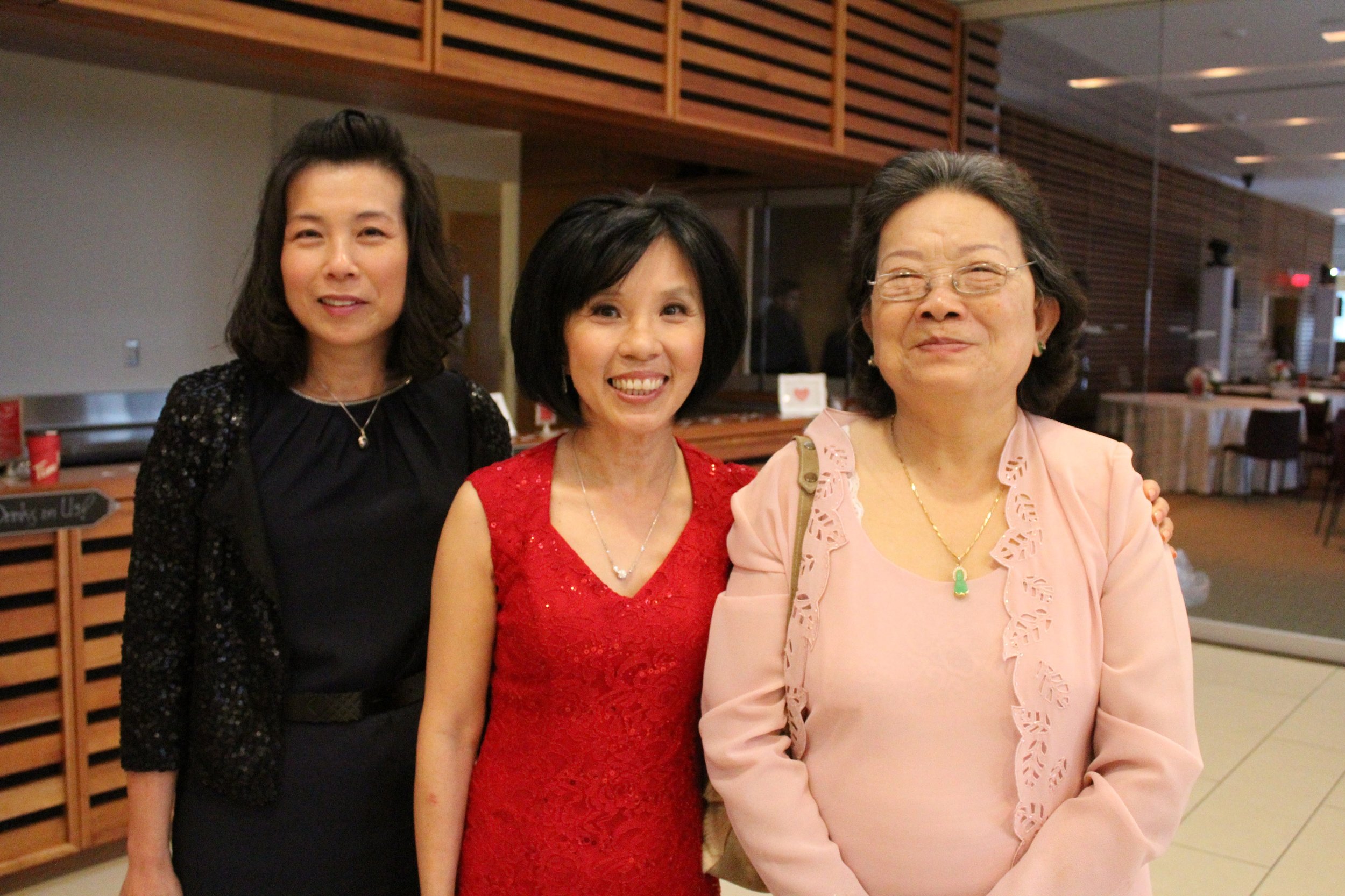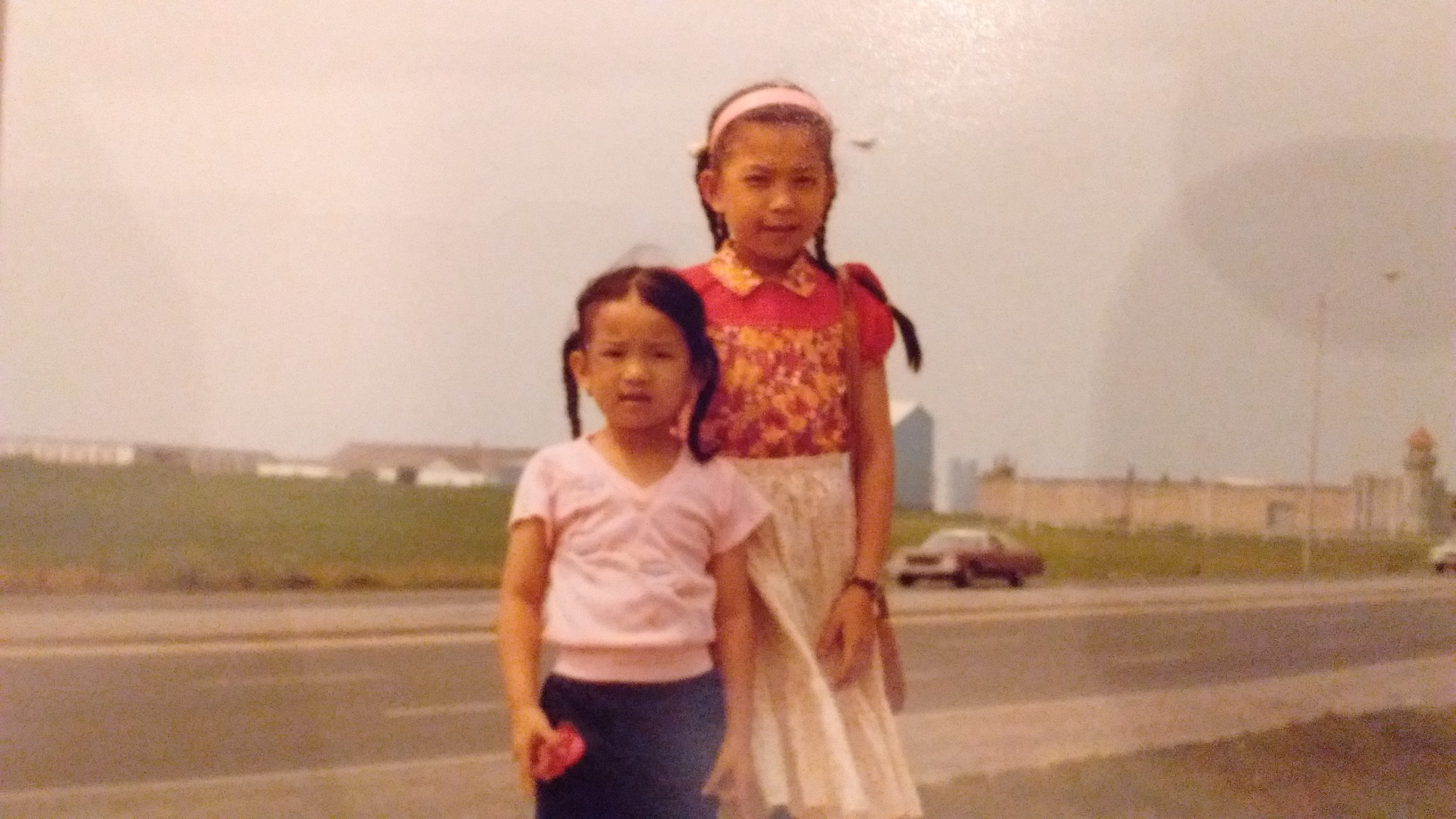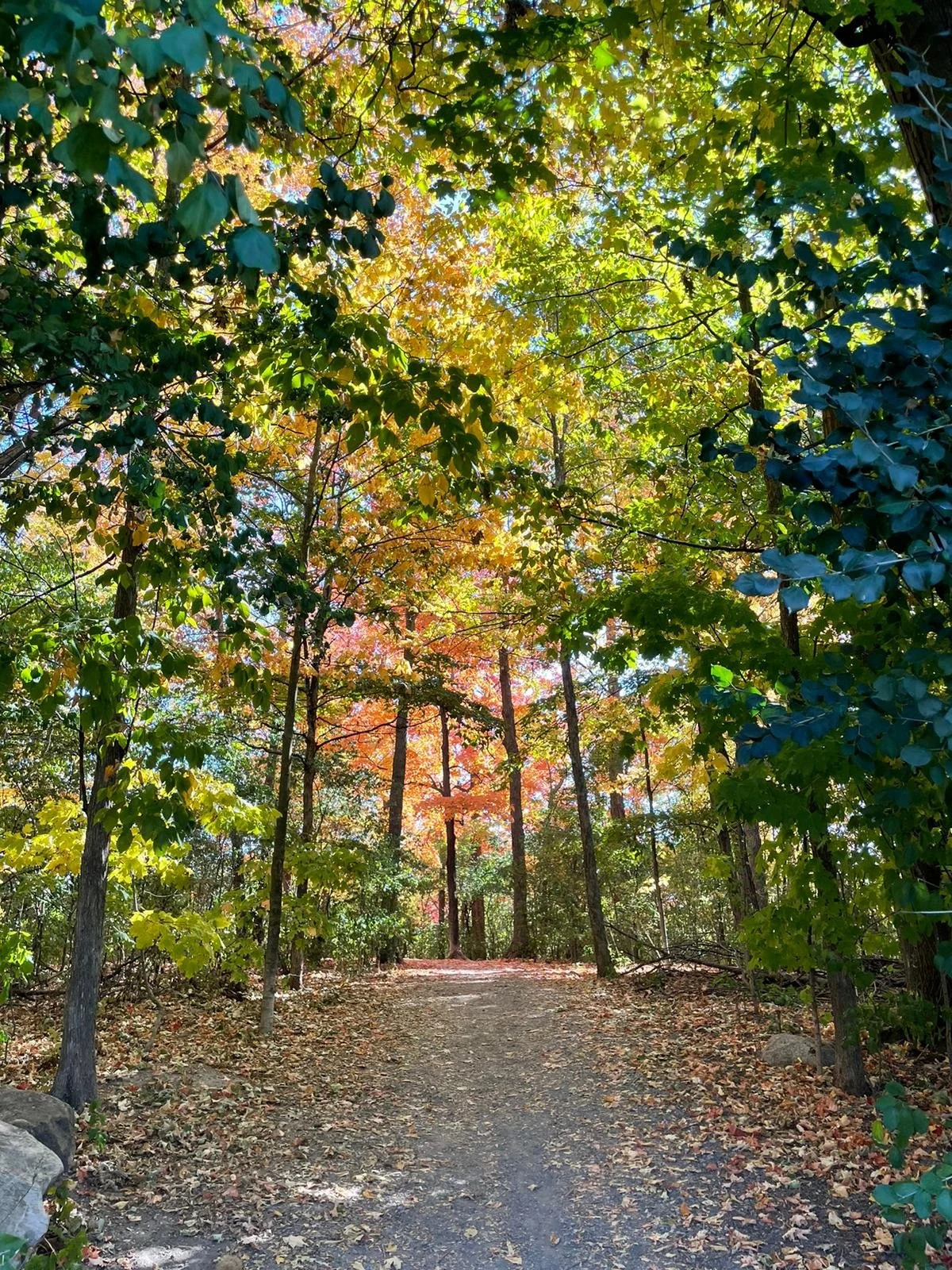4 Easy Ways To Bring Happiness Into Your Day Every Morning
/Would you like to receive a bouquet of flowers every morning upon waking up? I do. Although I don’t necessarily buy or grow flowers myself but how I start my day often gives me the same feeling as receiving a bouquet of fresh flowers.
1) I smile and breathe in bed when I wake up. I smile to practice gratitude for my aliveness. I breathe deeply to remind myself that I’m truly alive. I usually place one hand on my belly and the other on my heart and take 3 deep joyous breaths as I lie in bed. Sometimes I enjoy my breath a few more times longer when my beating heart says hello, the sun radiates on my face, the pitter patter of the raindrops melodically sing on my window, or the birds chant from high above. This sense of aliveness and gratitude helps cultivate peace and joy throughout my day.
2) Hang time. I make an effort to wake up before everyone so I can have some Hang time. It is time to practice Noble Silence where I don’t plan or think of my to-do list for the day. I simply carry on the mindful breathing from my bed to the washroom to setting up my coffee-making ritual. The fragrance from the coffee brings so much joy to me. I then sit down and enjoy a big tall glass of water before I take my first delicious sip of coffee that I have carefully crafted.
After coffee is usually the reading of our favourite Zen teacher, Thich Nhat Hanh’s book. I’m currently reading “How to Love” and his latest release, “The Art of Living.” There is so much insight and wisdom in his writing. Sometimes one sentence has such profound effect on me that I have to put the book down so I can contemplate how to put it to practice in my daily life. I love that about Thay’s writing. He makes it practical and real for me.
3) Mindful movement. After my coffee and reading spiritual text I like to take care of my body and mind with some sort of physical practice. Every day is different and organic in my practice. After checking in with myself I then plan out the practice for my morning. I vary my practices from fitness workouts to yoga to Qi Gong to pranayama (breathing exercises) and most recently long morning walks on the ocean shore in Ocean Grove, Australia. It all depends where I am and what I feel like in the morning.
4) Plan out my day. After a delicious and nourishing morning, I then consciously plan out my day, which usually starts with turning on the internet to take care of my inbox, check social media, and simply be ready to receive and connect with other people in my daily interactions. If my capacity is low for whatever reason I tend to spend more alone time and be mindful of my speech to others. The important thing to me is that I listen to myself and know what’s going on inside and around me without making too much of a fuss.
My Qi Gong teacher in China once told me “How you start your Qi Gong practice is how the rest of your practice is going to be.” For example, if I start Qi Gong with focus, grounding and calming intentions, then I continue to cultivate that concentration, strong grounding and peaceful energy throughout the practice. I took his wisdom a step further and applied it to my morning upon waking up. If I start it in a nourishing, joyful and peaceful way than it becomes a reflection of how my day is going to be.
As a teacher, I often find myself talking and sharing in front of groups of people. I love starting out my morning in a way that nourishes my soul, heart, body and mind. I'm then able to offer my freshness to the people I encounter throughout the day. Our mindfulness teacher often refers to it as “watering the other person’s flowers.”
How do you start out your day? How can you bring peace and calmness into your morning and day? And, how can you offer this to your community as well?
Peacefully dwelling in my almond latte,
Hang




